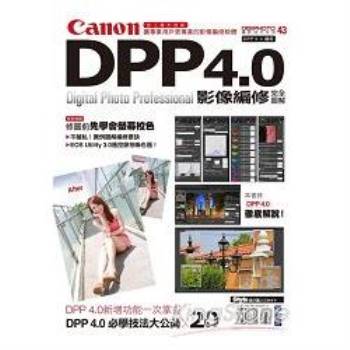From objects to sounds, choreography is expanding beyond dance and human bodies in motion. This book offers one of the rare systematic investigations of expanded choreography as it develops in contemporaneity, and is the first to consider expanded choreography from a trans-historical perspective. Through case studies on different periods of European dance history - ranging from Renaissance dance to William Forsythe’s choreographic objects and from Baroque court ballets to digital choreographies - it traces a journey of choreography as a practice transcending its sole association with dancing, moving, human bodies.
| FindBook |
有 1 項符合
Expanded Choreographies--Choreographic Histories: Trans-Historical Perspectives Beyond Dance and Human Bodies in Motion的圖書 |
 |
Expanded Choreographies--Choreographic Histories: Trans-Historical Perspectives Beyond Dance and Human Bodies in Motion 出版社:Transcript Publishing 出版日期:2022-07-27 語言:英文 規格:平裝 / 普通級/ 初版 |
| 圖書館借閱 |
| 國家圖書館 | 全國圖書書目資訊網 | 國立公共資訊圖書館 | 電子書服務平台 | MetaCat 跨館整合查詢 |
| 臺北市立圖書館 | 新北市立圖書館 | 基隆市公共圖書館 | 桃園市立圖書館 | 新竹縣公共圖書館 |
| 苗栗縣立圖書館 | 臺中市立圖書館 | 彰化縣公共圖書館 | 南投縣文化局 | 雲林縣公共圖書館 |
| 嘉義縣圖書館 | 臺南市立圖書館 | 高雄市立圖書館 | 屏東縣公共圖書館 | 宜蘭縣公共圖書館 |
| 花蓮縣文化局 | 臺東縣文化處 |
|
|
內容簡介
作者簡介
Anna Leon is a dance historian and theorist based in Vienna. She is theory curator at Tanzquartier Wien and postdoctoral fellow at the Academy of Fine Arts Vienna, where she researches peripheralised dance modernities through a focus on ballet in early 20th century Greece. She holds a BSc from the University of Bristol, an MA from Paris I Panthéon-Sorbonne University and a PhD from the University of Salzburg. Her first book, Expanded Choreographies - Choreographic Histories. Trans-Historical Perspectives Beyond Dance and Human Bodies in Motion was published in 2022 by transcript. She is curatorially engaged in the ongoing projects Radio (non-)conference with Netta Weiser and Choreography+ with Johanna Hilari. She has taught at the Universities of Vienna, Salzburg and Bern as well as SEAD (Salzburg Experimental Academy of Dance) and the Institut Français. She occasionally collaborates, as a dramaturg or historiographic adviser, with choreographers including Julia Schwarzbach, Florentina Holzinger and Netta Weiser.
|











